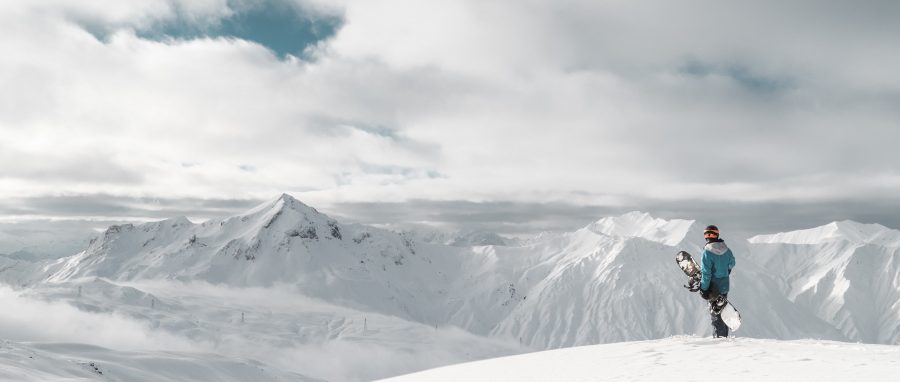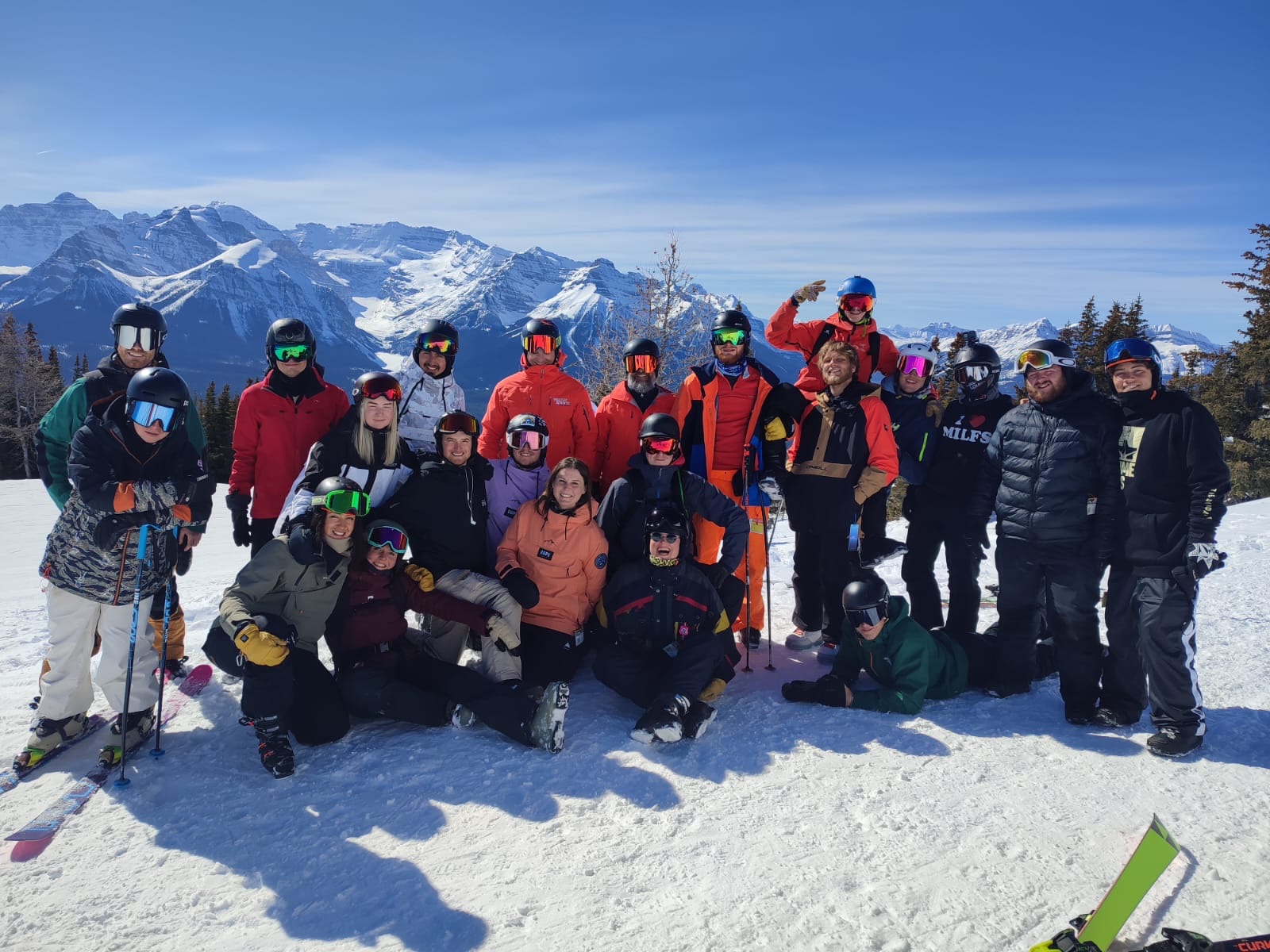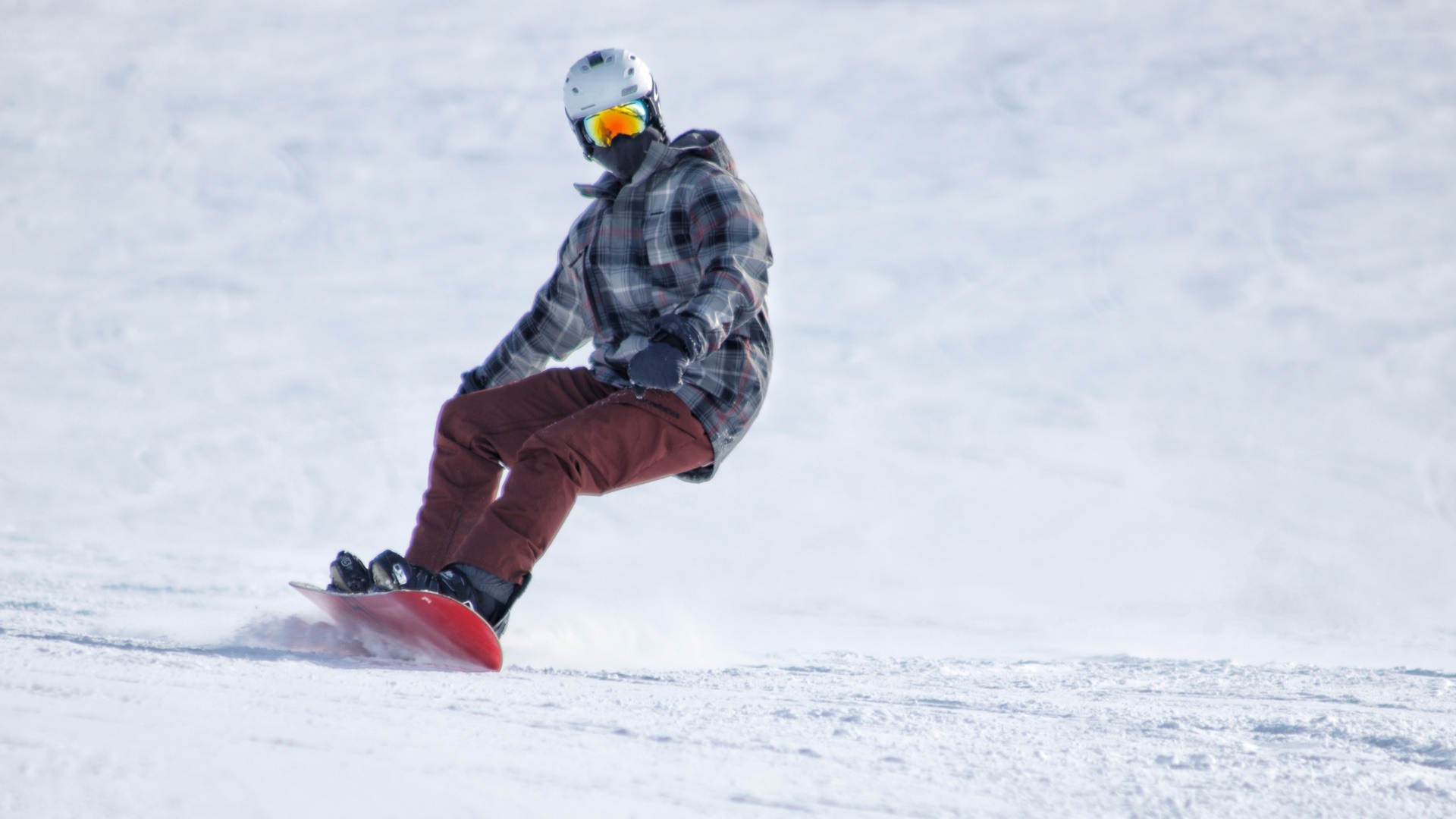Lorem ipsum dolor sit amet, consectetur adipiscing elit. Duis dapibus rutrum vulputate. Mauris sed eros nec est vehicula mattis ac vitae ligula. Maecenas vitae tristique sapien, vitae pellentesque lectus.
Buying A Ski Helmet For Your GAP Course

Guide Summary
Looking to upgrade your equipment ahead of your GAP course? Starting from head to toe, we have a helpful blog post that covers everything you need to know before buying your new helmet and goggles. Considering styles, fit, price and other key features. Look good, feel good, ski good!
So, you’re heading out on a GAP course, and now you’re looking to upgrade your equipment so you arrive ready to rock. In this guide, we’ve compiled everything you need to know about helmets. We’ve tried to cover all the essential stuff, but take a look at our FAQs if you didn’t find what you were looking for.
Find The Right Style
A helmet is a helmet, right? Find one you like the look of, and off you go. You’d think that would be true, but only partially; many key and subtle differences are worth considering before buying a new helmet.
The first thing to consider is the style of the helmet. I don’t mean the colour; this is whether the helmet is designed specifically for park, backcountry, racing or all mountain. Each of these is designed slightly differently to maximise comfort or usability.
Park
The main difference between a park helmet and a traditional alpine helmet is the moulding. A park helmet will generally utilise a hard shell, meaning its outer shell is moulded separately using a thicker plastic. They’re designed to protect against big hits and provide extra protection. They tend to be a little cheaper due to their simple design, but they’re extremely hard-wearing and great value. Popular among freeride and park skiers. Most park helmets often come with removable liners and ear pads, style points for the beanie and goggles under the helmet. Giro, Smith, Sandbox and Anon are popular choices.
Traditional Alpine
The most common and frequently used. You’ll find most instructors wearing a traditional alpine helmet. Most helmets use an in-mould or hybrid construction, combining durability and comfort while saving on weight. There are hundreds of helmets in this range, so brand choice, price point and design features may be the best way to decide which one to go for. Nearly all new helmets will meet the safety requirements, but some utilise different technology. You’ll find most helmets are unisex; however, there are both male and female-specific helmets. The key differences are, of course, in size but also insulation; women’s helmets tend to have added insulation for warmth. To pick the helmet best for you, keep reading to check you have the right fit; things like goggle compatibility are not to be overlooked.



Race
The most apparent difference between a ski race helmet and a traditional one is the hard shell over the ears, designed for added protection when rounding gates. Race helmets will often come with the option to add a chin guard. They’re super lightweight, low profile to aid performance and boast all the safety features of your best alpine helmets. Race helmets must also meet specific requirements and standards to be worn during a race. Unless you’re racing, there is no real need to buy a race helmet; nearly all new models of traditional alpine helmets share the same safety features and standards. Instructors who are also race coaches may choose to buy a race helmet.
Backcountry And Touring
Helmets designed with backcountry and touring in mind focus on a few key features. Most touring helmets are built to be super lightweight, which makes them more comfortable to wear on those long touring days. Weight saving is a key feature of all touring equipment. You can even clip the helmet onto a pack and not have the extra weight. These helmets will often come with neat design features, such as a headlamp retainer, which would be overlooked in a traditional helmet. Many of these helmets are also triple norm certified for skiing, climbing and biking, so this could be a great option for anyone participating in more than one activity. Use your helmet for skiing in the winter and you don’t need to swap to another one when the snow melts and it it’s bike season.
How Should Your Ski Helmet Fit?
Do not overlook this!! Fit is critical. You may have picked out your favourite helmet and design, but not all helmets are the same shape and size. They come with a different profile, affecting how the helmet sits on your head. The shape and profile of your helmet will also affect how your goggles fit. Ideally, the helmet shouldn’t move when secured on your head. Rock your head back and forth and check if there is movement from the helmet. The front of the helmet should sit in the middle of your forehead. We advise seeing a professional inside a ski shop to fit your new helmet correctly.
Picking Out Goggles For Your Helmet
If you already have goggles, we recommend taking them when picking out your new helmet. We want to avoid jerry gaps…. not cool!! Most brands will recommend the best compatible goggles if you buy a helmet. There should be no gap between the goggles and the helmet when the helmet sits comfortably on your head.
Most goggles found on the market now are high quality, so deciding which to buy can be tricky. As mentioned above, ensuring your goggles fit the helmet is super important and will narrow your search. Many brands have goggles in different frame sizes, so it’s worth checking out which frame size fits your face the best. We also recommend finding a goggle with two lenses, one for sunny weather (high light) and one for those snowy flat light days (low light). Wearing a high light lens on a flat light day is no fun! Alternatively, many brands offer an all-weather lens, a versatile option if the goggles you like don’t come with two lenses. Oakley, Smith, Sweet Protection and Shred are popular choices on the market.
Additional Features
What Is MIPS In A Ski Helmet?
If you’re wondering why some helmets are so much more expensive or cheaper than others, most of it concerns the brand or technology used. Nearly all helmets will meet the industry’s safety standards (check with a professional store if you need clarification). However, some helmets utilise technology such as MIPS (multi-directional impact protection system) or the brand’s version, which adds to the cost. Style or design features may increase the price point, but some helmets have some pretty cool features worth paying a little extra for.
If you would like some additional advice on what helmet to buy, or where to buy it from, feel free to send us a message


































